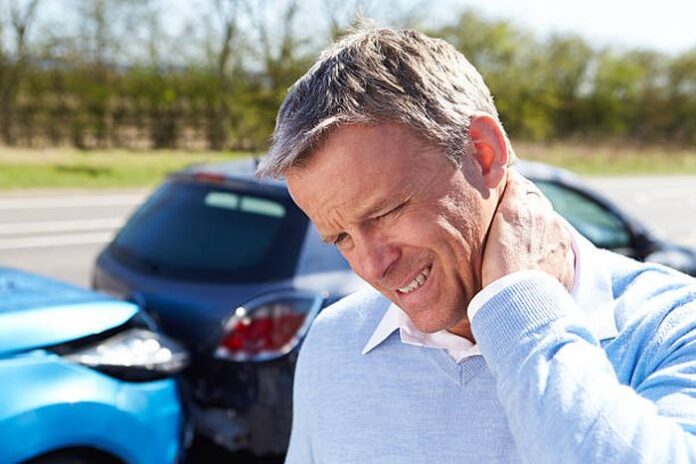
Every year, millions of Americans experience gruesome car accidents. A small lapse in judgment can completely derail your life. Not only are these mishaps very costly, but they can also cause permanent physical injuries and even death.
“A large portion of my clients are victims of car accidents,” warns Dr. Joseph Hochstein, a medical expert from County Line Chiropractic, a North Miami Beach car accident clinic. “The majority of injuries we deal with are caused by whiplash. Even if it was a minor accident, you could have issues for years to come.” Click here to know more about accident injury rehab and pain relief.
Although we cannot affect the driving of another person, there are a lot of things we can do to increase safety. Even if you’re involved in an accident, these small precautionary measures might protect you from serious trauma. Here are the 8 ways to prevent highway injuries.
1. Proper positioning of the car seat
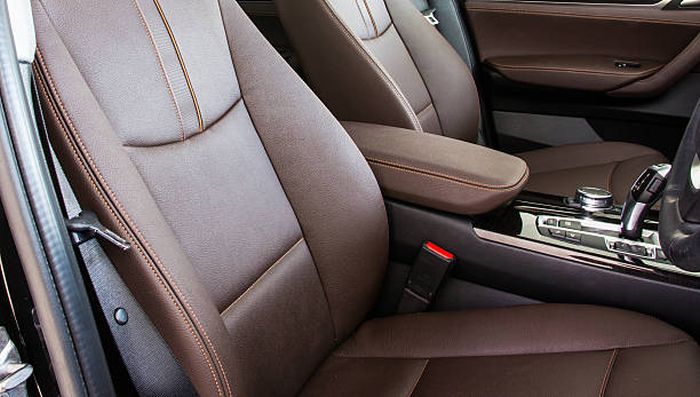
The first thing you need to do is properly position your car seat. It needs to be at a certain distance from the airbags. This also goes for the driver. However, you shouldn’t overdo it; not being able to reach the pedals can also be hazardous as it would prevent quick reaction when breaking.
What most people don’t understand is that while airbags are meant to prevent injuries, they can also cause one. They exert a lot of power onto the person, which can potentially lead to physical damage or burn damage. Although airbag injuries might sound negligible, especially compared to other types of car injuries, they are nothing to scoff at.
2. Don’t forget the seatbelt
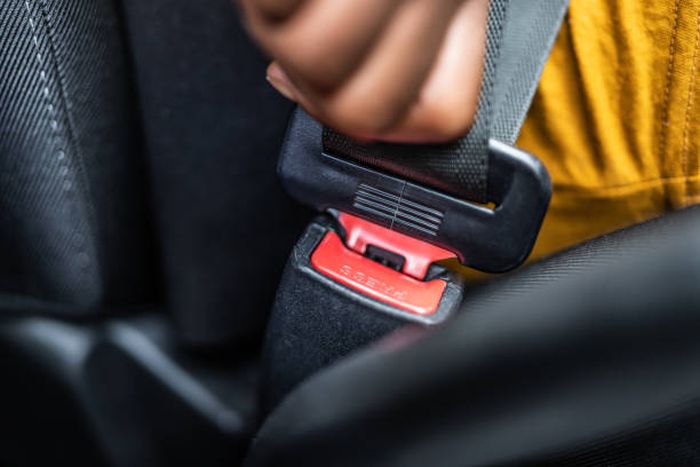
The seatbelt will always be your first line of defense. Even if you don’t care about personal safety, you should wear a seatbelt to avoid traffic fines. While this small piece of equipment is not as important during parking lot accidents and when driving in residential areas, it provides enormous protection in high-speed crashes. So much so that it makes the difference between life and death.
According to legal experts, the passengers need to make sure that the belt goes properly around their waist and that it’s not twisted. The lap section needs to be placed nicely across the hips. As such, it will help protect the pelvic area during the crash. Furthermore, proper placement of the seatbelt can also minimize internal trauma.
3. Steering wheel placement
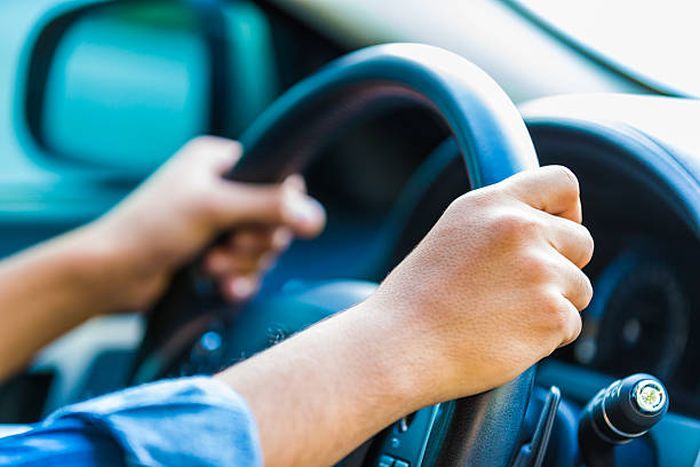
Like with the seatbelts, you should adjust your mirrors and steering wheel. It is very important for the steering wheel to go right in front of your chest. This can also vary based on your height, and in some cases, it will be pointed towards the driver’s face, which is the last thing you need.
As mentioned, airbags pop up violently, so they can hit you in the face if the steering wheel points upwards. Lower it down for extra safety and make sure you are comfortable with the placement before you start driving.
4. Sit straight

You also need to consider the posture. Sit straight, and don’t curve your spine while driving. Keep in mind that vehicles are designed to protect you as long as you’re placed in the most natural position. Straying away from the regular posture will also reduce the car’s defensive features.
Having the right posture is something you should practice regularly, as you never know when an accident may occur.
5. Respect the signs

There is a good reason why the government puts traffic signs on the side of the road.
Most people don’t adhere to the speed limit. In many cases, they falsely believe they can control the conditions on the road relying on reflexes to safeguard them. However, the data indicates otherwise. Approximately 26% of legal accidents are caused by speeding.
6. Don’t drink or smoke marijuana
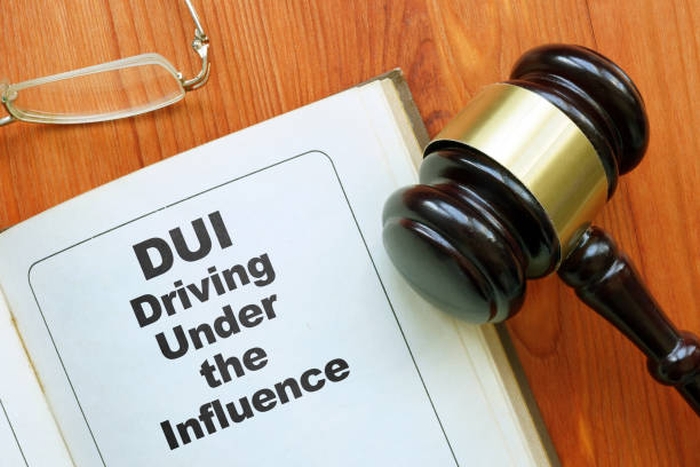
This one is pretty self-explanatory. You should never drive under the influence. This is especially true after a long day at work, as alcohol and marijuana will make you mellow and sleepy.
7. Always watch the road

Driving requires a lot of focus. You need to be 100% at all times. By being aware of the surroundings, you can significantly reduce the chance of crashing. Small distractions such as radio or phone can have a major negative impact on our safety. Even talking to passengers can have fatal consequences.
If you are traveling with kids, do not keep turning back to look at them or to talk to them. Simply focus on the road because it is your priority to keep yourself and your kids safe at all times.
8. Know your car

The most important thing you should do is know the car well. When you buy a car, you do not just make a decision based on the cost of the car. Instead, you need to know it well and identify if it works for you. Each car will come with its limits and you must know what the car is capable of. In case your car leans heavily when rounding the corners, then wrenching the wheel one way may not be the best way to avoid an accident.
You must be familiar with the brakes and tires of the car and see how they react to specific situations. If you have recently purchased a new car, do not hit the highway directly. Take it for a spin in the neighborhood and see how comfortable you feel.
While many accidents cannot be prevented, we need to do everything in our power to minimize the risks. You can increase safety by simply changing your habits. A simple thing such as putting a seatbelt on or avoiding drunk driving can go a long way.
If you need to answer a call or change the radio station, simply park the car on the side and do it. Do not assume that slowing down the car will make it safer for you to engage in other activities. There can be nothing as fatal as a road injury and you need to protect yourself and your car in every manner possible.
















